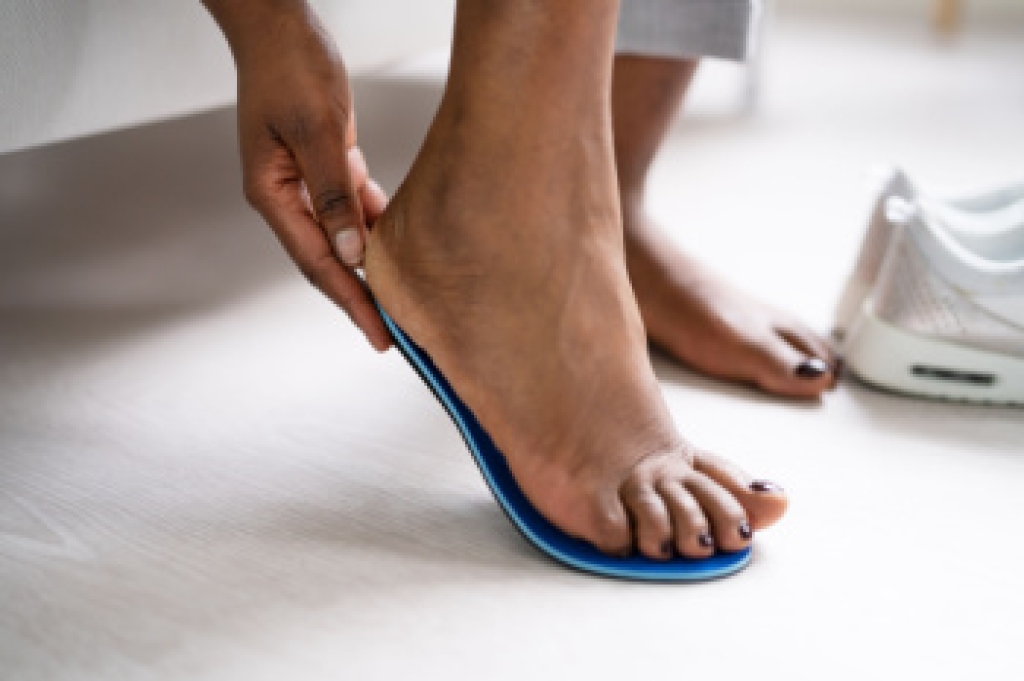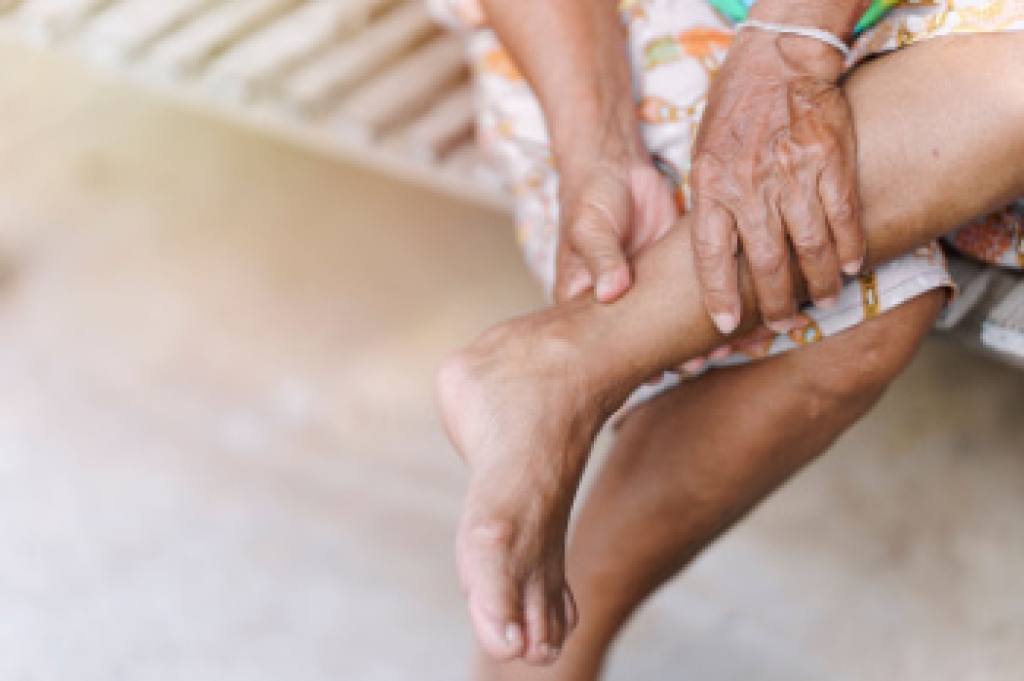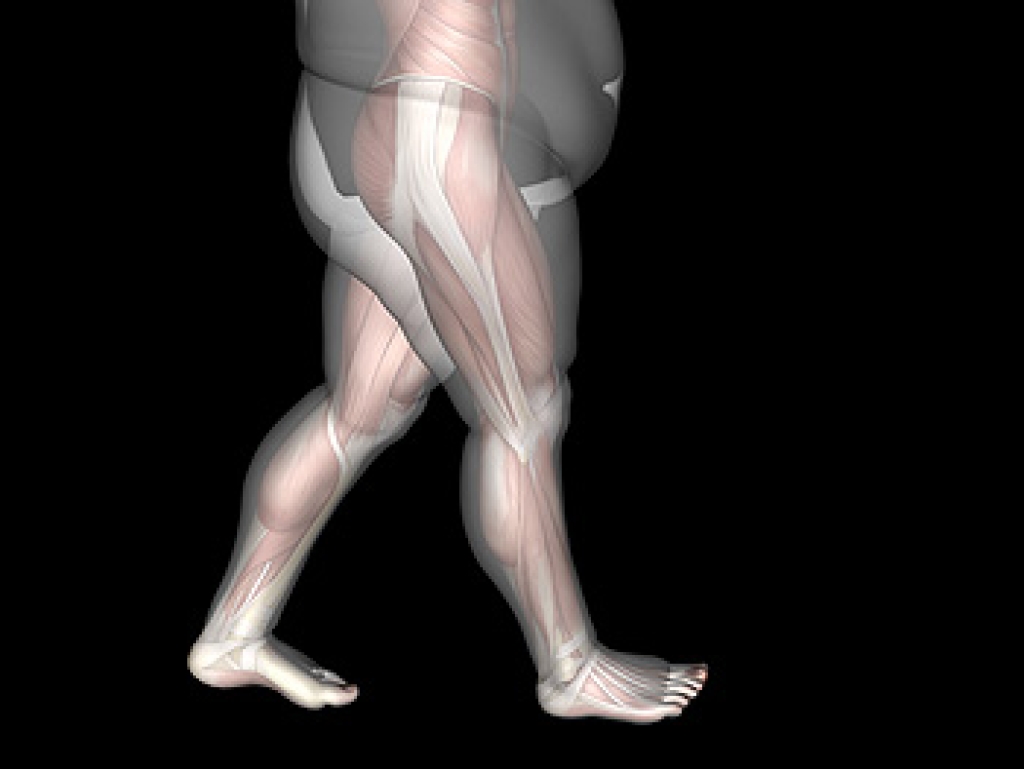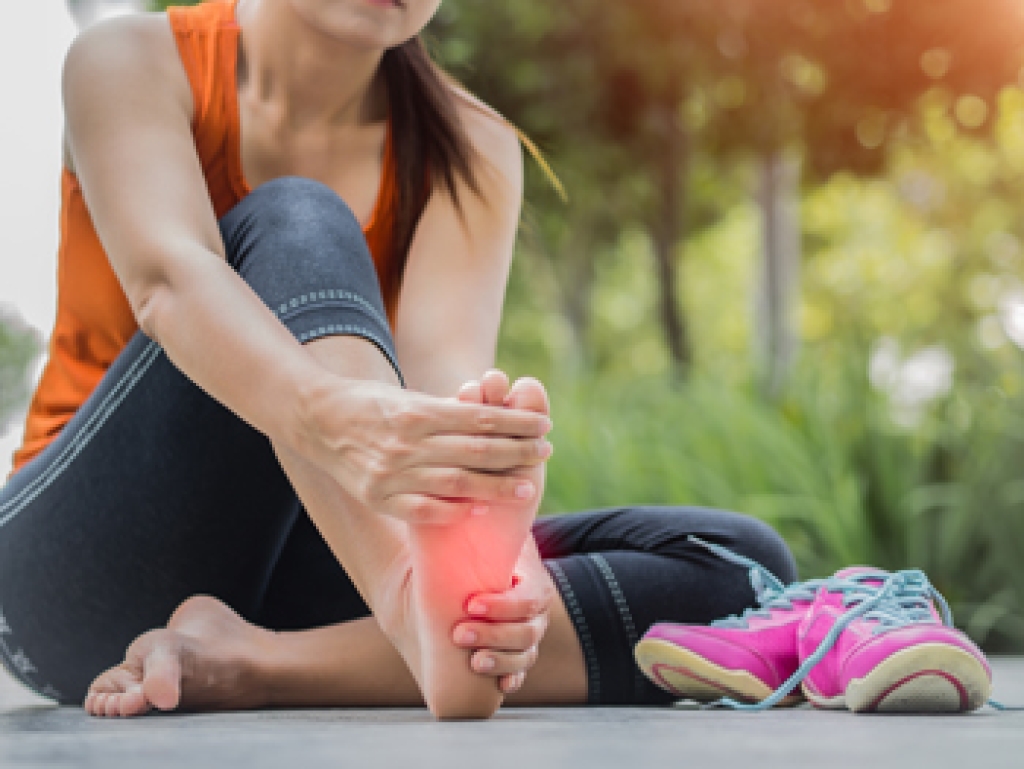
Plantar fasciopathy happens when the thick band of tissue under the foot becomes strained from repeated stress, which may occur with long hours of standing on hard floors, sudden increases in activity, or foot shapes that place extra pressure on the heel. Many people notice a sharp or achy feeling at the bottom of the heel when getting out of bed or after sitting. This discomfort may ease slightly with movement, but return later in the day. This ongoing irritation can make simple activities uncomfortable and may limit normal routines. Orthotics can help by supporting the arch, guiding the foot into a steadier position, and spreading pressure more evenly with each step. This can ease stress on the irritated tissue. If heel pain is interrupting daily life, it is suggested that you schedule an evaluation with a podiatrist to discuss how orthotics may be the right treatment to help your foot move and feel better.
Custom orthotics are specialized shoe inserts created to support and align the feet according to each person’s unique structure and walking pattern. They are an effective way to relieve foot discomfort caused by conditions such as flat feet, high arches, plantar fasciitis, bunions, and heel pain. When the natural alignment of the foot is off balance, it can lead to pressure points, strain, and pain that affect how a person stands, walks, and moves. Orthotics work by redistributing weight evenly and supporting the arch to reduce stress on the muscles, tendons, and joints of the feet and lower legs.
Foot discomfort can develop for many reasons, including wearing improper footwear, long hours of standing, repetitive motion, or underlying structural problems. Over time, this discomfort can extend beyond the feet, contributing to knee, hip, or lower back pain. Custom orthotics help correct these issues by improving alignment and promoting more efficient movement. They are made using precise measurements and imaging to ensure the best fit for each patient, providing targeted support and cushioning where it is needed most.
Unlike generic insoles, custom orthotics are durable, medically designed, and tailored to your specific needs. Whether you are managing chronic pain, recovering from an injury, or simply seeking better comfort and stability, orthotics can make a noticeable difference in how your feet feel throughout the day.
If you are experiencing persistent foot discomfort or fatigue, it may be time to have your feet evaluated by a podiatrist. Call our office today for more information or to schedule an appointment.
If you have any questions, please feel free to contact our offices located in South York, West York, and East York, PA .




